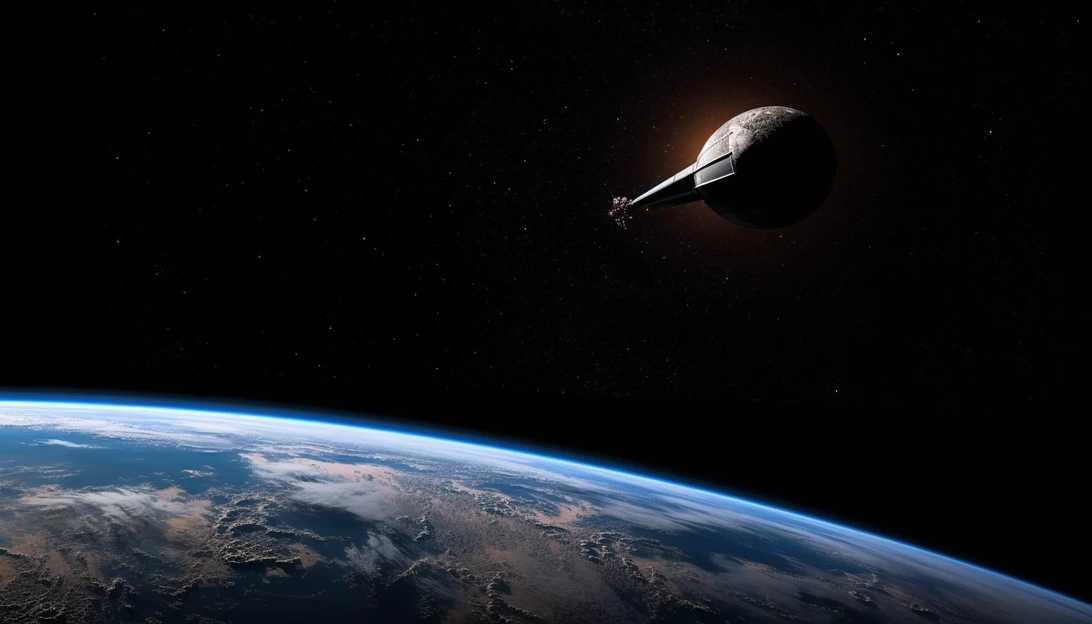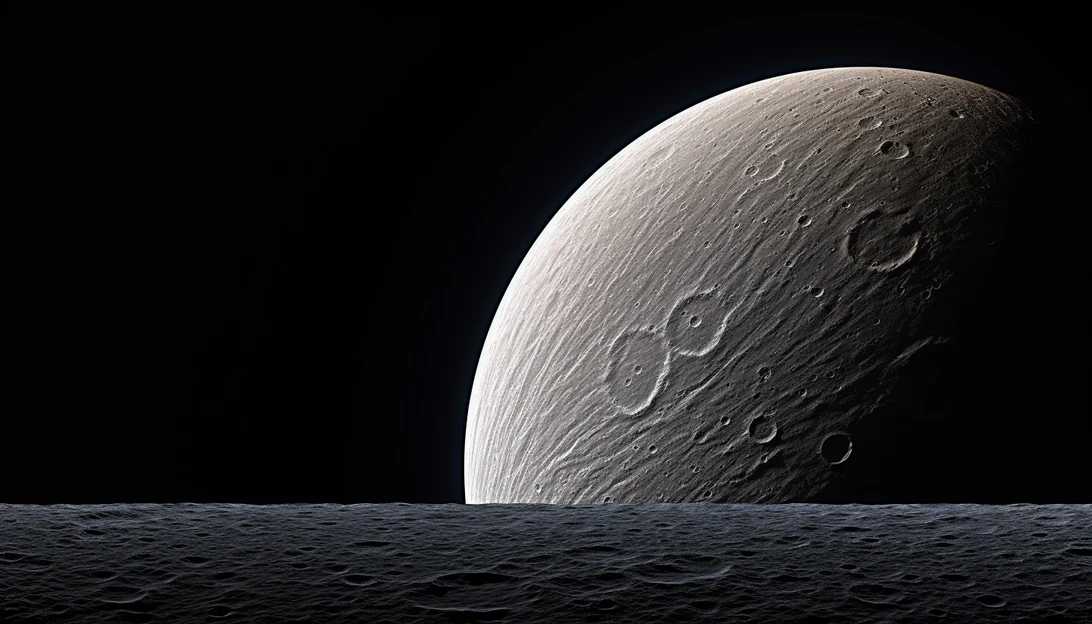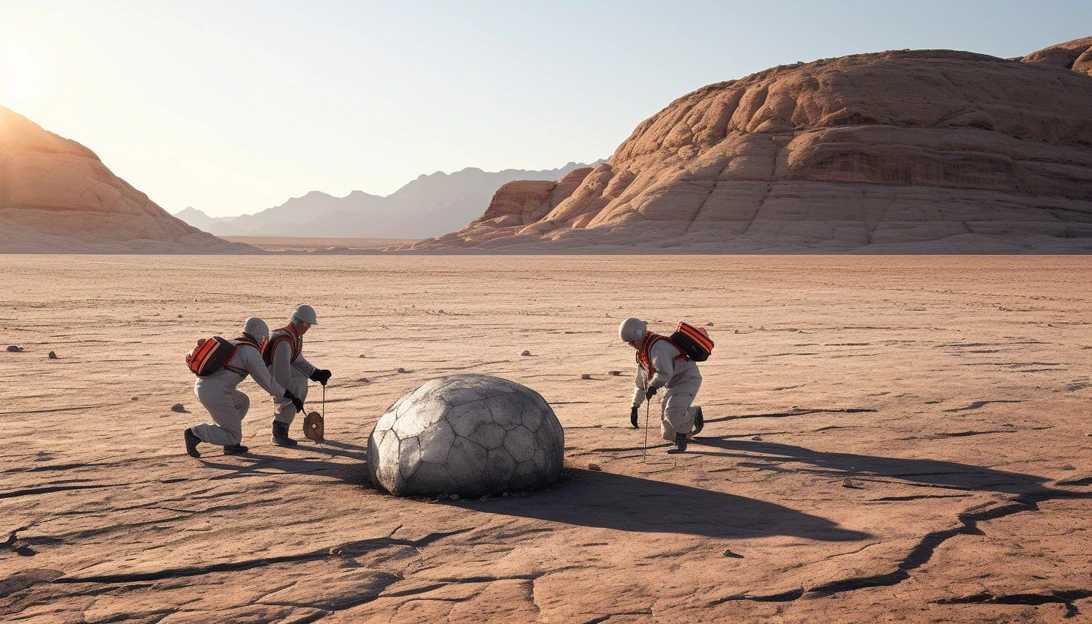Air & Space
published : 2023-09-23
Utah Desert Prepares for Dramatic Arrival of Asteroid Sample
Yearslong Space Mission Culminates with Rare Retrieval

After spending over seven years in space and traveling nearly 4 billion miles, a capsule containing precious asteroid samples will return to Earth on Sunday.
NASA's OSIRIS-REx spacecraft launched in 2016 to conduct the agency's first mission to gather material from an asteroid in space.
A capsule containing nearly 9 ounces of rocks, dust, and dirt collected from an asteroid named Bennu will detach from OSIRIS-REx before its expected crash inside the Defense Department's Utah Test and Training Range.
The arrival of this capsule is a momentous achievement that scientists and researchers have been eagerly anticipating.
The yearslong mission aims to provide valuable insights into the formation of planets and improve our understanding of asteroids that could potentially collide with Earth.
This mission will give generations of scientists a rare glimpse into the time when the Sun and planets were forming about 4.5 billion years ago.
Moreover, it will greatly contribute to efforts aimed at protecting Earth from possible future asteroid impacts.
Bennu, an Empire State Building-sized asteroid, poses a 1-in-2,700 chance of impacting Earth near the end of the 2100s.

Understanding its composition and trajectory is crucial in developing effective strategies to safeguard our planet.
The OSIRIS-REx spacecraft has already achieved significant milestones throughout its journey.
After reaching Bennu in 2018, it spent two years collecting data by flying near and around the asteroid.
In 2020, it successfully landed on Bennu's surface, defying the challenges of the narrow timeframe.
The spacecraft returned to orbit Bennu after a brief touchdown, despite a minor setback when losing a portion of the collected material.
Nevertheless, the sample retrieved still exceeds the mission's requirement of two ounces, affirming the accomplishment.
As the capsule approaches its touchdown in the Utah desert, a team of NASA experts eagerly awaits its arrival.
Once the capsule lands, the valuable Bennu material will be transported to a clean room for meticulous examination.

The focus will then shift to NASA's Johnson Space Center in Houston, where the material will be studied by a team of scientists from around the globe.
Approximately 70% of the asteroid samples will be preserved for future scientific endeavors, ensuring that this mission's impact will extend well beyond its conclusion.
In a remarkable collaboration, part of the asteroid sample will be exchanged with the Japanese Space Exploration Agency, which collected samples from the asteroid Ryugu using their Hayabusa spacecraft.
This interagency partnership will enhance the dataset available for analysis while promoting international cooperation in space exploration.
As OSIRIS-REx concludes its mission with Bennu, it sets its sights on another remarkable asteroid named Apophis, holding a haunting connection to ancient Egyptian mythology.
Apophis, symbolizing evil and chaos, will be the next target for the spacecraft to unravel the mysteries of the universe.
The accomplishments of the OSIRIS-REx mission and the ongoing pursuit of knowledge in the realm of space exploration continue to inspire and awe us all.
